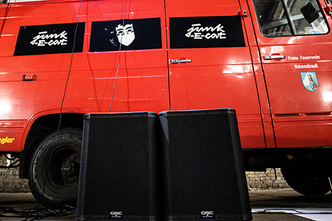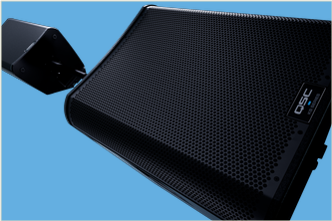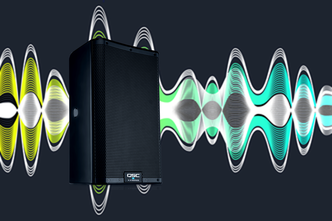
Proper Use of Audio Mixers and Floor Monitors The main objective when dialing in stage monitors is to provide the best possible reference for each musician to help them to achieve their best performance. Adjusting them correctly for each artist is critical to the performance of the band as a whole. Whether you’re using floor … Lire la suite








